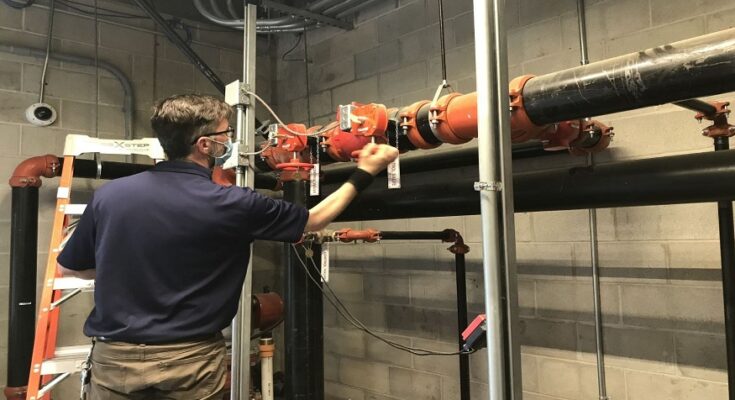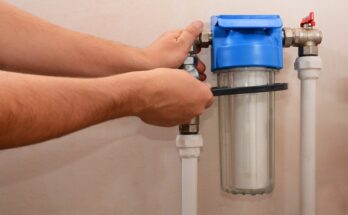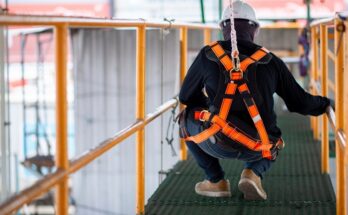Back flow problems are a common problem with sprinkler systems. They can cause water to flow in the wrong direction and contaminate your water supply.
Having your back flow prevention devices tested and inspected by a certified professional every year is vital. It will help ensure your water is safe and your fire sprinkler system works properly.
The sprinkler system is one of the essential fire safety systems in any business facility. Therefore, sprinkler system inspection must be regularly performed to avoid failures that could result in the loss of life or property damage.
Wet Pipe Sprinkler System
The most prevalent form of fire prevention system is a wet pipe fire sprinkler system. They are simple to install and maintain, making them a cost-effective solution for many businesses.
Wet-pipe systems use piping that is permanently filled with pressurized water. It enables the sprinklers to react quickly when activated by heat.
These systems are also highly reliable and can last years without any repairs. This makes them the most popular option for new buildings.
A backflow preventer is a device that keeps water inside the sprinkler system and away from your public water supply. Backflow testing is also needed for buildings annually, done by a specialist with the necessary license. If a backflow preventer is not installed correctly or maintained, water can flow in the opposite direction, contaminating your water supply.
Deluge Sprinkler System
Deluge sprinkler systems deliver a large volume of water over specific areas in a short amount of time to suppress a fire. These sprinklers can be activated manually or automatically by fire detection sensors and the actuation of heat-responsive elements on the nozzles.
These systems protect high-hazard locations, such as oil refineries and power plants. They are also found in storage or processing areas that contain substances with a low flash point, equipment pits, and product handling systems.
Some deluge sprinkler systems are electrically operated, while others are pneumatically operated. They work by detecting fire through a detector or manual pull station, then energizing a solenoid valve to release the prime water off the top of the valve and allowing it to trip the deluge valve, delivering it to the hazard.
A fire protection professional can help you choose the right deluge system for your facility. They can also guide how to properly maintain a deluge system to ensure it functions at its highest level.
Sprinkler Heads
Sprinkler heads are a staple in both residential and commercial irrigation systems. They come in many different types and are designed to provide even water distribution to various plants.
They are also a great way to protect your lawn from weeds, which can cause problems with overwatering. Some popular sprinkler head types include spray, rotary, and sidewall.
A spray head delivers water faster than a rotary sprinkler head. In addition, it allows it to cover a larger area over a more extended period.
Pipes
Pipes are inspected to ensure they have no obstructions that could prevent sprinkler heads from working correctly. These inspections also check for rusting, pitting, and other potential issues that could affect the safety of the building and its residents.
NFPA 25 requires that these systems be inspected and tested at least once a year. Some states and municipalities have different regulations regarding these inspections, but they are still essential for the safety of your home or business.
NFPA 25 also mandates that all backflow prevention assemblies be tested and inspected annually to ensure they function correctly. It is critical to ensure that you are not in danger of water pollution, which can have catastrophic consequences. The safest method to protect yourself and your family from potentially toxic water is to get your backflow prevention device tested and certified.




